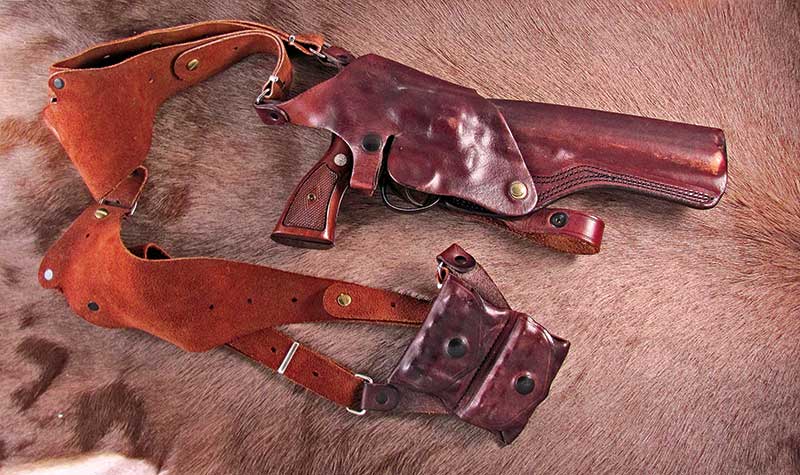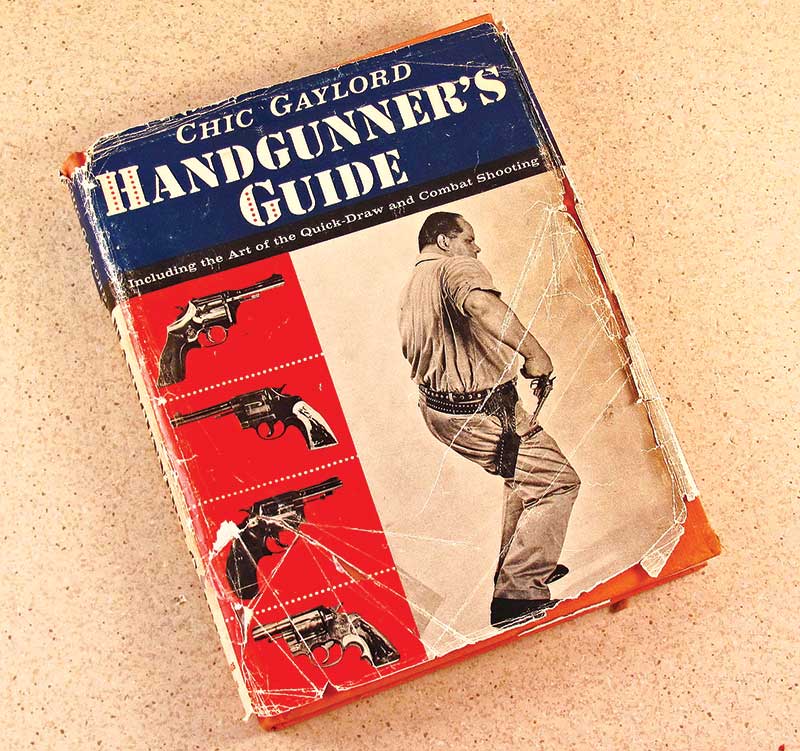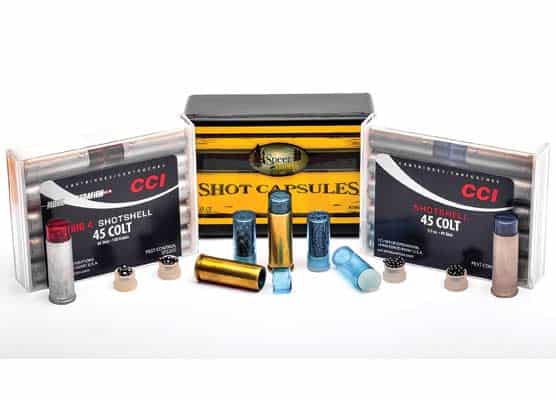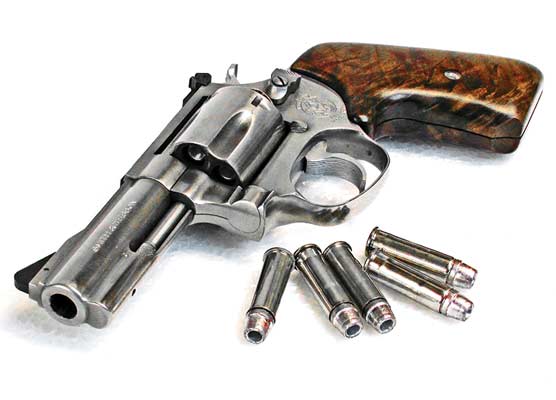Chic Gaylord
Leather Design Pioneer
As I was growing up my parents never owned a new car, never bought a house — always rented. We had all the necessities but rarely had any kind of extras. As I look back from my perspective now, my mother was exceptionally skilled in stretching a dollar. We always had a clean, dry place to live in and she always set an exceptionally good table.
My stepdad, actually the only dad I ever knew as my biological father was killed before I was a year old, had dropped out of school in the fourth grade to go to work in the mines with his father. He was a member of the Greatest Generation fighting in Europe in WWII, wounded, missing in action, and spent 18 months in a POW camp. We didn’t find him until after the war was over. He spent quite a bit of time recuperating in the veterans hospital; but he was tough and bounced back. He had no marketable skills except being a laborer. It didn’t pay much but he worked hard and normally had two jobs. He also taught me how to work. In 1950, at what must have been an incredible sacrifice, my folks bought our first TV set.
I had not yet entered my teenage years, however, I read everything I could about guns and hunting and was especially affected by two shows I saw on our new entertainment center. One was a show called You Asked For It in which viewers’ requests were fulfilled. One such request saw Bill Jordan performing incredible fast work with a sixgun. Little did I know then, or could’ve even imagined, that someday Bill would be a friend.
Another show, and at this late date more than 60 years ago don’t quote me as to which one it was, but I think it was I’ve Got A Secret. On the show the guest would whisper a secret to the host and then it was up to the panel to figure out what it was. The only “secret” I still remember was whispered into the host’s ear by a large man in a bulky suit who said: “I’m carrying 13 concealed handguns.”
Chic’s Work
When he took off his suit coat he literally had guns everywhere. Hip holsters, inside the pants holsters, shirt pocket holster, a pair of ankle holsters, a wrist holster, inside the armhole of the suit coat holster, and the ultimate concealment holster, a crotch holster. The man turned out to be Chic Gaylord who I would find out later was basically the father of modern concealed holsters.
Ten years later he wrote a book called Chic Gaylord’s Handgunner’s Guide and in between the time of the TV show and the publication of the book I ran across him again in a couple of articles. One of these was in True — The Man’s Magazine written by the gun editor, Lucian Cary. Gaylord also published a catalog in the late 1950’s in which I was introduced to his line of high-quality leather. Gaylord advertised what he called “13 points of superiority — the reasons Gaylord Holsters are Preferred By The Experts.”
Now remember this was in the 1950’s and looking at the 13 attributes shows exactly how far ahead of his time Gaylord was.
Here they are: 1. Faster than the fastest. 2. Designed for Directional Draw. 3. Molded to your gun. 4. Better concealment. 5. Designed to provide a better, faster shooting grip. 6. Lighter in weight. 7. Far more comfortable, whether sitting, walking or riding. 8. Less wear on clothing. 9. Nylon sewn, far stronger and longer lasting. 10. Finest quality leathers. 11. The only commercial boned holster. 12. Heaviest and finest quality snaps. 13. 20th century design with 19th century craftsmanship.
All of this came with a holster costing between $6.00 and $7.00 according to the 1958 pricelist. Today concealed carry is pretty much taken for granted in many states, however in the 1950’s concealed carry was mainly the concern of law enforcement agents and also bodyguards and special agents from certain foreign countries. Chic Gaylord saw to it they were well served.
New Ideas
Chic grew up in Colorado when the Old West was not quite so old and in an area that had seen much use of sixguns. Many of those adults Chic grew up around had seen numerous gunfights and Chic listened intently to what they had to say. He became interested in handguns at a very early age. However, times were changing and Chic went off to the University of Nebraska where he studied art and soon wound up teaching in an art school in New York City. He became an idea man for one of the top cartoonists of the day, staying with him for 13 years before going out on his own.
Meanwhile he had been studying and making holsters. He didn’t just copy current holsters but rather incorporated some of the ideas listed above. He studied holsters extensively and came up with dozens of designs to meet the needs of law enforcement.
It wasn’t long before word of his ability to turn out a quality holster was spread around and his everyday law enforcement customers were soon joined by government agents, not just our federal agents but those from South America and Europe. They all needed the same thing, holsters which were safe, fast and concealed the firearm. Gaylord designed his holsters so they not only concealed the gun but also made it quickly accessible, carried comfortably and securely.
Gaylord told many tales of special customers he had served. One was a lawyer who often found himself in Harlem collecting rents for an estate. Money can mean trouble attracting the worst element so the lawyer bought himself a .45 Government Model. Now he had to figure out how to carry it. The lawyer was on the slim side and liked fitted suits but Gaylord was able to make a “lumpless” holster allowing the lawyer to carry the big .45 under a tightfitting suit coat.
Another customer was an agent assigned to the New York waterfront who soon found his .38 Detective Special did not demand enough respect from some of the hoodlums he came up against. He’d start to make an arrest and wind up struggling with the thug. He decided to get a bigger gun, which was a Smith & Wesson .357 Magnum. This gun solved the problem as most hoods did not want to go up against this much larger gun — but how to conceal it? Chic came up with something we all take for granted today, an inside the pants holster allowing the .357 Magnum to be carried undetected.
Improving
A customs agent sought out Chic Gaylord after spending 36 hours waiting to retrieve his revolver. He had been working his way through the hold of a luxury liner looking for aliens. His revolver slipped out of its holster, sliding down out of sight among the cargo, forcing him to wait until everything was unloaded before he got his gun back. Gaylord designed a holster for him which held his 2″ .38 securely while still allowing immediate access.
In 1950 a detective in one of the toughest precincts in New York came to Chic for relief from the heat. His problem was if he took off his jacket everyone would see his gun. He needed a way to conceal it in hot weather so he could exchange his suit coat for a T-shirt. Chic’s solution was the “8-Ball” pocket holster for small Smith & Wesson and Colt 2″ revolvers. Every maker of pocket holsters today owes a debt of gratitude for Chic Gaylord who came up with this idea more than 65 years ago.
One federal agent came into the shop on W. 47th St. in New York City to have his holster replaced. Gaylord had made him a “Blue Streak” shoulder holster. This design allows the gun to ride straight up and down with a snap between the back of the trigger guard and front of the grip frame. To draw the revolver one simply placed a hand on the grip and pulled forward to unsnap it. When this agent was mugged from behind he found he did not have to draw the revolver from the holster but simply pull it forward into a horizontal position and fire at the guy behind him. He hit the mugger dead center, however his holster was burned and now had a hole through it!
Designs
The Treasury Thunderbolt was made for small 2″ revolvers. It rode tightly on the belt in a directional draw holster and was boned and molded to the shape of the gun. The security snap was over the hammer and as the gun was drawn this forced the snap open. Very fast and very concealable.
The Federal Speed Scabbard had a hammer protector, no safety strap and was formed to the gun with the interior boned. Boning allows a fast draw while at the same time holding a gun very securely. For those who need the safety strap it was available with a short fast release which was easily unsnapped as the gun was drawn.
Earlier we mentioned the inside the pants holster. Gaylord made the Hold-Out for 2″ small revolvers, a slightly larger version for 3″-4″ revolvers, and the Defender for Government Model semi-autos.
The Comet, Shooting Star and Dragoon were all cross draw designs with a safety strap behind the trigger guard and a two-piece pivoting construction. When the revolver was grasped and pulled forward the holster pivoted and the gun came out of the holster easily.
Reaching back into history Gaylord offered the Missouri Skintite for Single Action sixguns. This gunfighter rig was boned to the revolver it was to carry with no excess leather whatever. A double action version, the .357 Scabbard was made for 4″ revolvers, again boned to fit the revolver perfectly. Every one of these holsters mentioned can now be seen in one or several of today’s manufacturers, who owe the origin of their designs to Chic Gaylo
Guns Too
Chic was not only a student of leather he also had ideas about concealment revolvers, and especially liked 3″ small frame revolvers. It was not unusual for him to customize the revolver to fit his needs.
Starting with the Colt Police Positive Special Gaylord came up with the Metropolitan Special. The .38 Special Colt had the barrel cut back to 3″, a ramp front sight installed, the butt bird’s-headed, a Tyler T-grip adapter and Ace Trigger shoe installed. Just as with his holsters, there are still those following his design of the Metropolitan Special today. Gaylord was a big fan of the High Standard .22 Sentinel sixgun with the 4″ barrel. For combat practice with this revolver, the action was honed and a grip adapter and trigger shoe installed.
In the time period between the two world wars, Fitz — John Henry FitzGerald of Colt — made pocket pistols out of Colt’s large New Service revolver. Gaylord appreciated one carried by one of his customers, a detective in New York. This .45 had a grip frame shortened, the barrel cut back to 21/2″, a ramp front sight installed, and the rear sight built up to match. The load was especially hot, with a 280 grain bullet loaded over 10.0 grains of Unique. It would certainly have been extremely effective.
Fast Draw
In addition to leather and guns, Chic was also a student of fast draw and speed shooting. He designed fast draw rigs for both single action and double action shooting, and practiced speed shooting with the cavalry draw, as the revolver was worn butt to the front on the strong side. He did the same thing with a .45 Government Model in an inside the pants holster; fast draw from cross draw holsters both standard style and his Dragoon style, and even drawing from an ankle holster. For many years Gaylord’s shop was located next to the 16th Precinct in New York City. One can only imagine the conversations taking place with visiting officers, as well as agents from all over the world.
Not only do many companies provide products influenced by Gaylord’s designs, there’s also one company that went into business to offer some of the originals from 60+ years ago. Bell Charter-Oak offers such designs as the Missouri Skintite and the 8-Ball side pocket holster. B.E. Lewis, of Bell Charter-Oak, also reprinted Gaylord’s book back in 1997.
The next time you purchase a concealment holster you can probably see Chic Gaylord’s touch.








